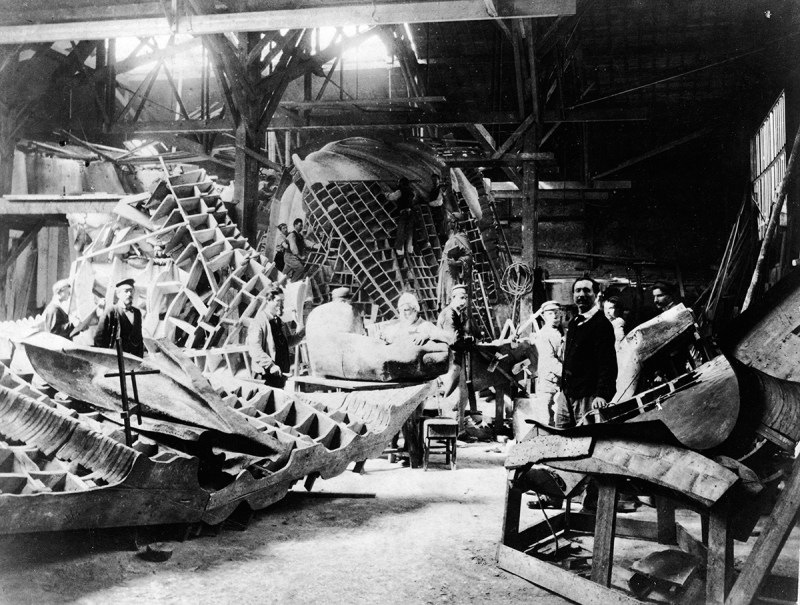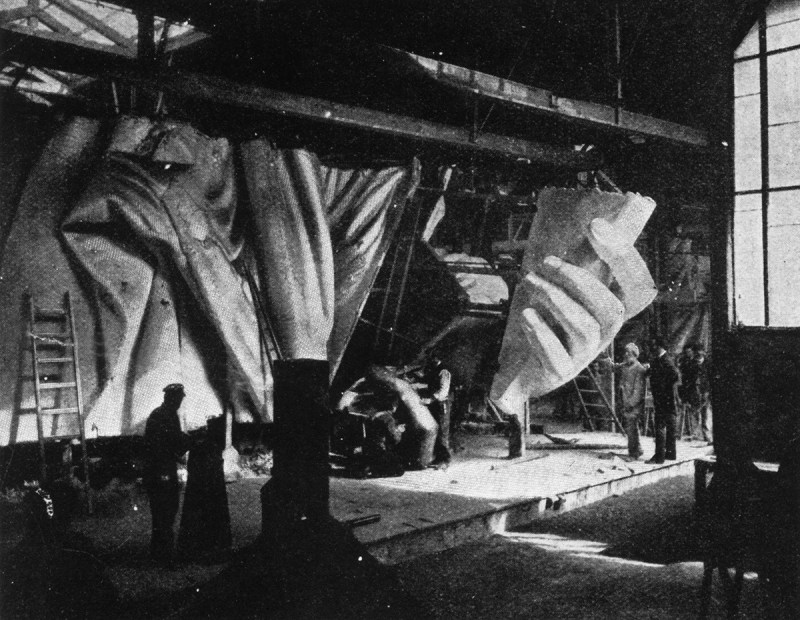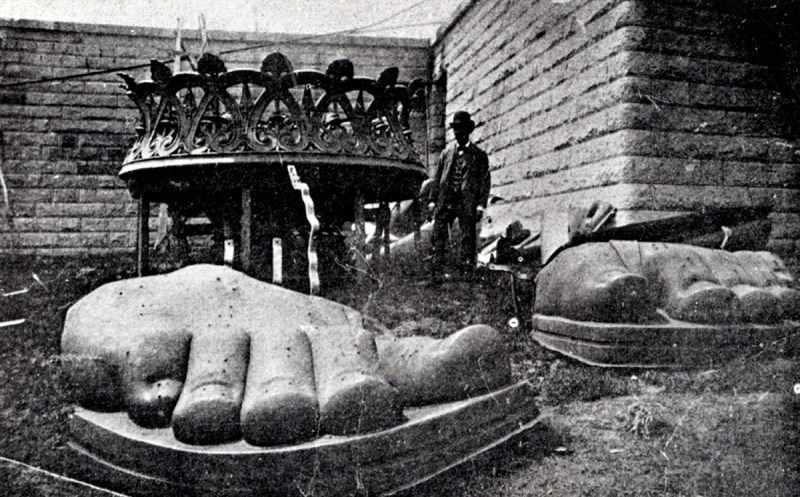The Statue of Liberty is one of the most iconic structures on the planet, yet most of us know very little about it. We probably don’t know that it wasn’t originally meant for America. We likely aren’t aware that the statue was intended to represent a Muslim Egyptian peasant. There’s a good chance we’ve even forgotten the designer of her internal structure, which is odd because he has a remarkably famous name: Gustave Eiffel. (Yes, he is responsible for the Parisian building below.)

There’s also little chance we remember Frenchman Frédéric-Auguste Bartholdi. He designed the statue and had a specific nation in mind for it: Egypt. This proposed work was intended to celebrate the opening of the Suez Canal. (Which happened in 1869.) Statue of Liberty expert Barry Moreno writes: “Taking the form of a veiled peasant woman, the statue was to stand 86 feet high, and its pedestal was to rise to a height of 48 feet.” It was dubbed: “Egypt Carrying the Light to Asia.”

Egypt was conquered by Muslims in 642. To this day, it remains overwhelmingly Muslim: an estimated 90 percent of its population were such in 2012. With this history considered, it seems almost certain that the Arab peasant woman would be Muslim.

Egypt, however, did not select this project. Yet Bartholdi continued to envision a massive sculpture of a woman with her right arm raised and left at her side. She at last became a reality in 1886, when “Liberty Enlightening the World” was dedicated on Oct. 28.

—RealClearLife Staff
This article appeared in an InsideHook newsletter. Sign up for free to get more on travel, wellness, style, drinking, and culture.

























